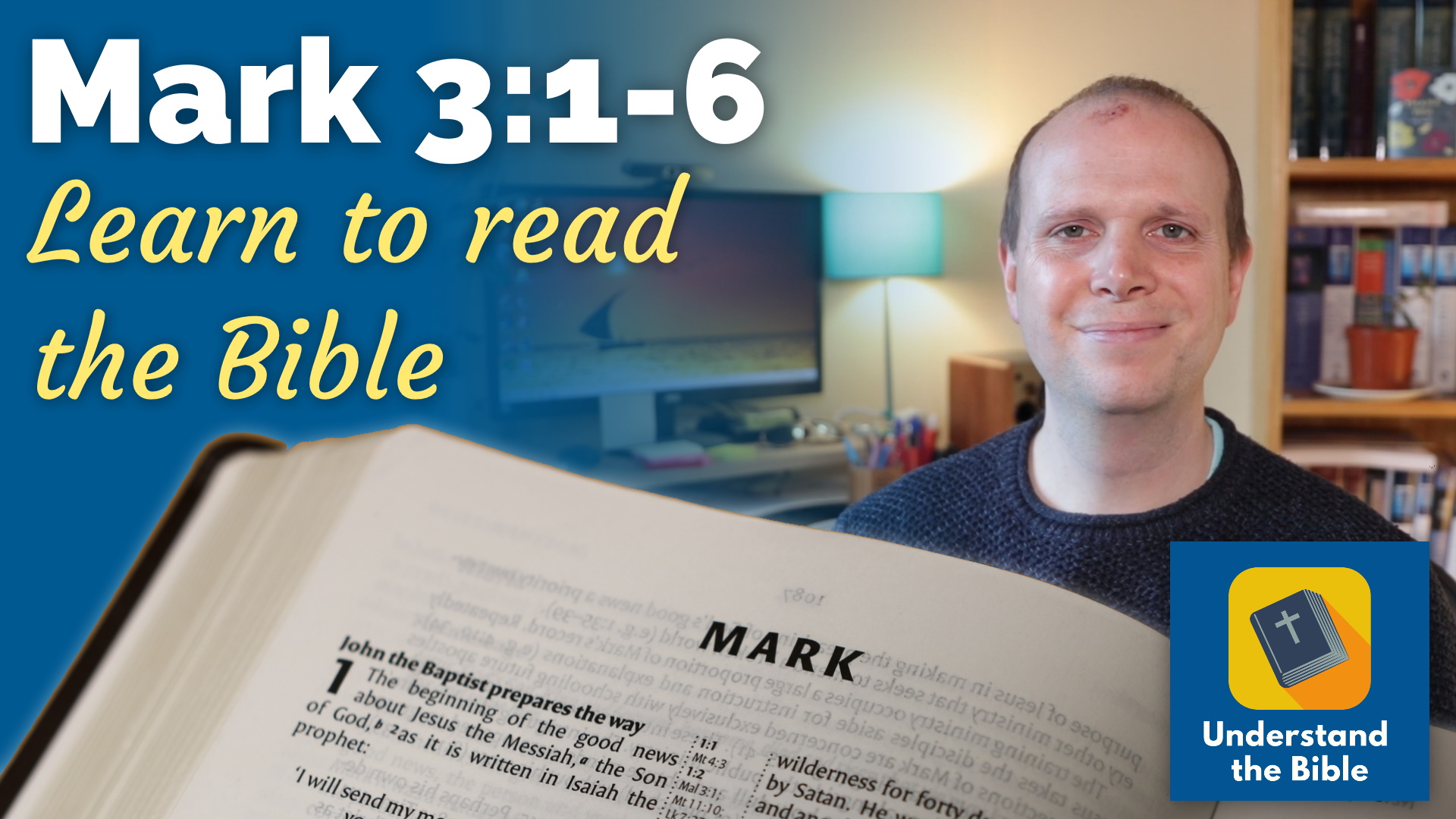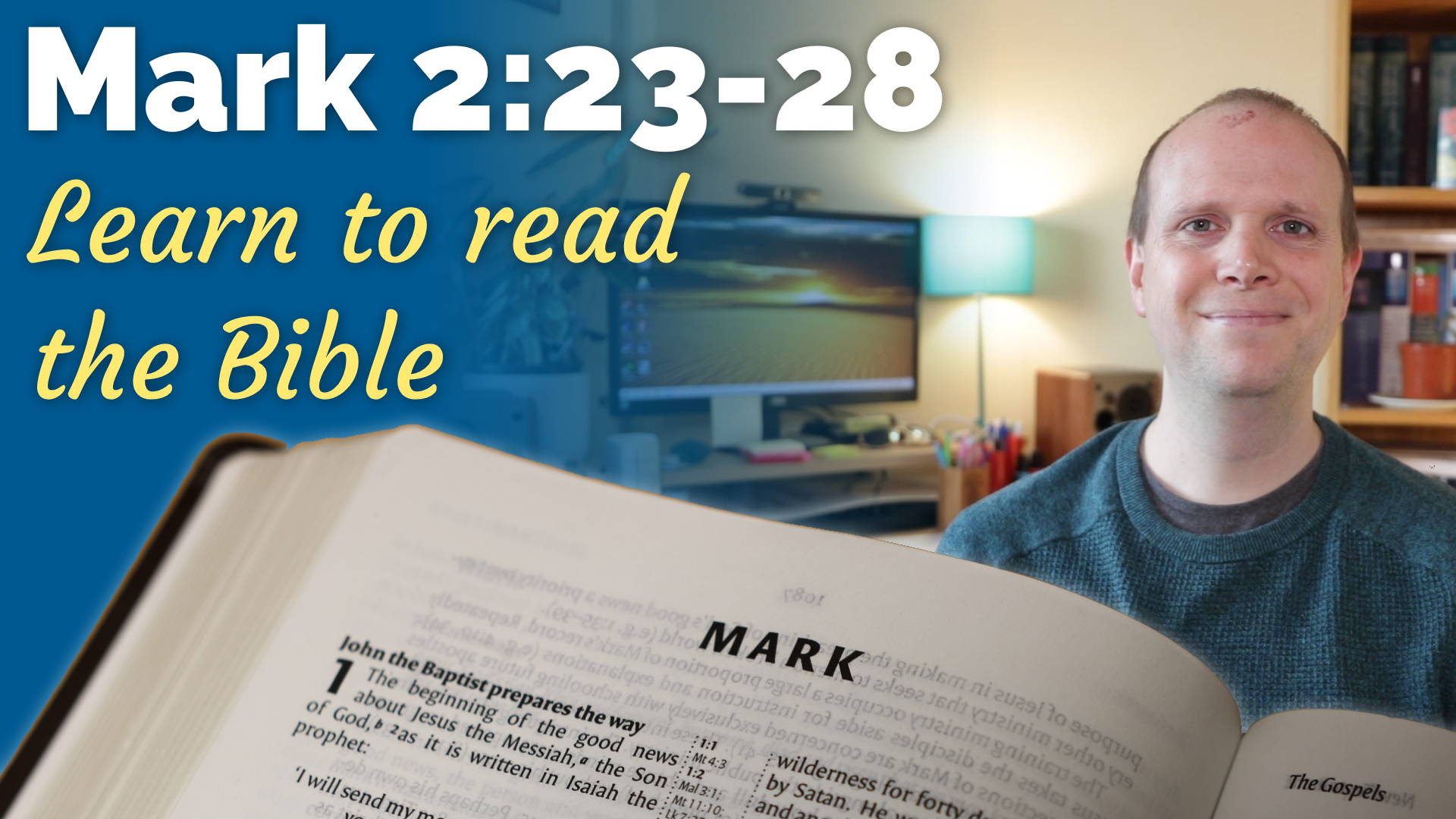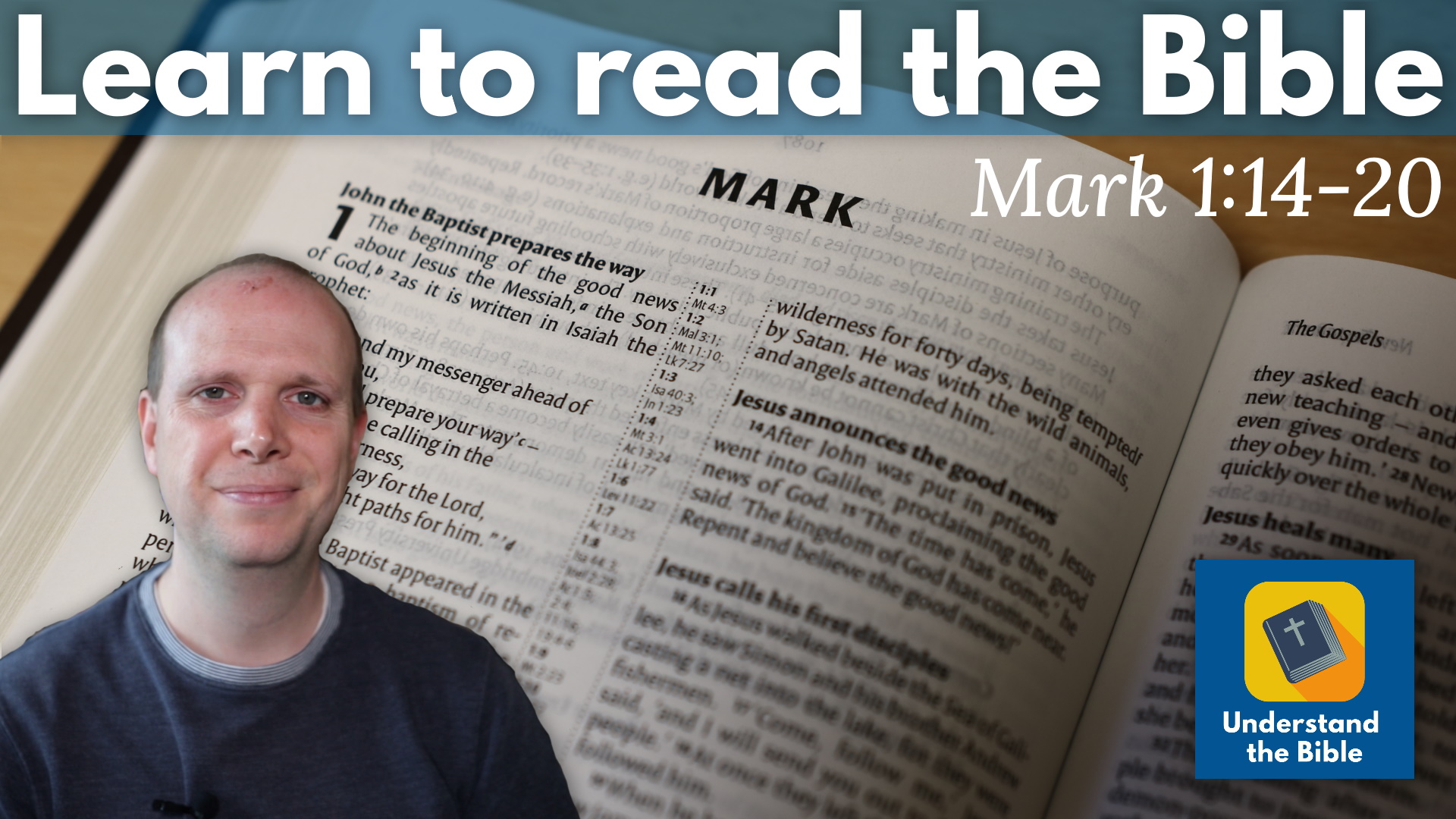I’ve just published the eleventh part of the Learn to read the Bible series on Mark’s Gospel. This week we are looking at Mark 3:7-12, when Jesus is surrounded by crowds.
For those who are coming to this new, the idea behind this series is not for me to simply explain everything to you, but rather to give you things to think about yourself. This is about training you to read the Bible for yourself, rather than just giving you all the answers!
See this page if you’d like a few pointers for how to use these videos. Don’t forget to pray!
You can read the passage online here (although I’d suggest it’s better in a physical Bible). You may also want to have a pen and paper handy to jot down notes and things you want to look into more.
Key points from Mark 3:7-12
- Jesus withdrew to the lake but the crowds followed him. Why do you think Jesus tried to withdrawn from the crowd?
- People came to him from a very long way away – it seems like his fame was spreading. Imagine what it would be like today if someone appeared who could actually heal people!
- He kept a boat ready to stop people from crowding him. What do you think this says about Jesus’ priorities? Does this mean that Jesus thought it was more important to teach people than to heal them? Why do you think that is?
- The impure spirits knew who Jesus was – but Jesus forbade them from telling people about him. Why? Do you think that people might have got the wrong idea about Jesus? – maybe people would have thought that Jesus was there just to heal them or do things they wanted.
- How do you see Jesus? Do you see him as someone to submit to and listen to, or as someone who is simply there to heal us and do occasional miracles?
Looking for more?
You can see the rest of the videos in this series on the this page. If you’d like a more focussed series teaching the Christian faith, check out the teaching programme.
You might also want to see the previous episode in the series on Mark 3:1-6.










